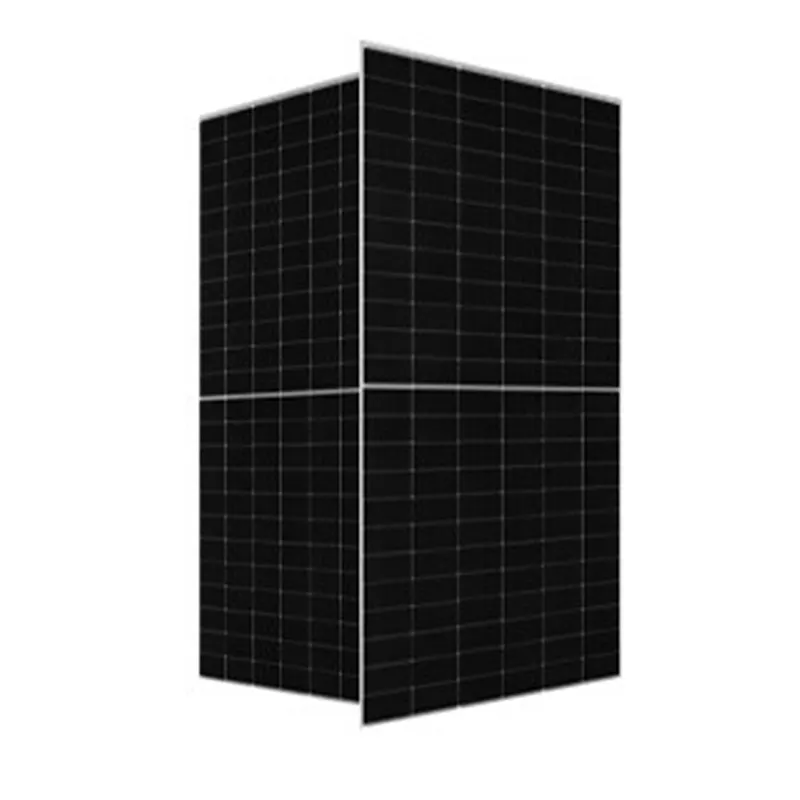bifacial mono solar panel
The Advancements and Benefits of Bifacial Mono Solar Panels
The increasing demand for renewable energy sources has pushed technology to evolve rapidly, particularly in the solar panel industry. Among the various advancements, bifacial mono solar panels have emerged as a popular choice for both residential and commercial applications. These innovative solar panels not only enhance energy generation but also offer several advantages over traditional solar panels.
Bifacial solar panels are designed to capture sunlight from both sides, unlike conventional monofacial panels that harvest energy from only one side. This dual-sided functionality allows bifacial panels to utilize reflected sunlight from surrounding surfaces, such as rooftops, sand, or water bodies. Consequently, they can achieve up to 30% more energy output under optimal conditions.
One of the significant merits of bifacial mono solar panels is their efficiency. Mono solar technology, known for its high efficiency and space-saving characteristics, combined with the bifacial capability, creates a powerful solution for maximizing solar energy generation. Mono solar cells are made from a single crystal structure, providing higher efficiency rates compared to polycrystalline counterparts. This efficiency translates to a greater yield per square meter, making bifacial mono solar panels an excellent choice for area-constrained installations.
Moreover, the durability and longevity of bifacial mono solar panels contribute to their appeal. These panels are constructed to withstand harsh weather conditions, including high winds and heavy snow loads. Many manufacturers offer warranties extending up to 30 years, ensuring that consumers receive consistent energy production throughout the lifetime of the panels. Additionally, their ability to generate energy from both sides means that even during moments when direct sunlight is limited—such as cloudy days—they can still perform efficiently.
bifacial mono solar panel

Environmentally, bifacial mono solar panels present an attractive option. They help reduce carbon emissions by providing a sustainable alternative to fossil fuels. Furthermore, the increased energy yield means that fewer panels are needed to produce the same amount of electricity, thus minimizing the overall environmental footprint associated with manufacturing and installation.
Cost-effectiveness is another crucial aspect of bifacial mono solar panels. Although the initial investment may be higher compared to traditional panels, the long-term savings on energy bills and the potential for higher energy output make them financially attractive. Government incentives and rebates for solar energy systems can further reduce the upfront costs, making them more accessible to a broader audience.
However, it is essential to consider installation factors that can maximize the efficiency of bifacial mono solar panels. The positioning, tilt, and type of reflective materials on the ground can significantly impact energy production. Sufficient planning and assessment of the installation site are vital to ensure that these panels can take full advantage of their bifacial technology.
In conclusion, bifacial mono solar panels represent a significant advancement in solar technology. By combining the efficiency of monocrystalline solar cells with the innovative design that captures sunlight from both sides, these panels provide an effective and environmentally friendly solution for energy generation. As the world continues to shift towards renewable energy, bifacial mono solar panels are set to play a pivotal role in meeting energy demands sustainably while contributing to a greener future.
-
String Solar Inverter: The High-Efficiency Solution for Smart Solar EnergyNewsJul.14,2025
-
Revolutionizing Rooftop Energy with the Power of the Micro Solar InverterNewsJul.14,2025
-
Power Independence with Smart Off Grid Solar Inverter SolutionsNewsJul.14,2025
-
On Grid Solar Inverter: Powering the Future with Smart Grid IntegrationNewsJul.14,2025
-
Monocrystalline Solar Panels: High-Efficiency Power for the Future of Clean EnergyNewsJul.14,2025
-
Bifacial Solar Panel: A Smarter Investment for Next-Generation Energy SystemsNewsJul.14,2025







